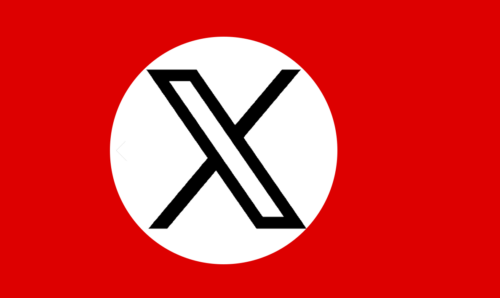
It’s a dubious title, yet it seems Twitter and Tesla are trying to dethrone Coca-Cola as the most racist American brand.
Just a few years ago you may rember this little number:
…largest race employment discrimination class action settlement in the nation’s history.
Coca-Cola, like Tesla, had been charged with egregiously awful racism. Unlike Tesla (which says it would rather fight to the end and die in a “blaze of glory“) Coca-Cola settled on $192M to cover missing back pay to avoid being found guilty of missing back pay.
The monetary settlement in this case was in the amount of $192 million. The majority of this money went to repay employees for lost earnings and non-wage-related damages.
Sadly the famous beverage company has been very racist for a very, very long time, and sometimes even overtly in a political power-grab. Will it change now because of lawsuits? Is it on any kind of path towards becoming a respectable beverage company, instead of spreading a “classic” hate formula?
And I don’t just mean Coke management was putting white boots on Black necks after WWII.

I mean Coke management seems to have really, truly loved Hitler’s racism, like really really loved that guy and bet on him big-time.
Put more bluntly, Coke was made for white people.
Coca-Cola collaborated with the Nazis, really, really closely. Coke was the official sponsor of major propaganda events for Hitler, such as the 1936 Olympics in Berlin.
[After the sudden unexpected death of American-born Ray Powers, the German-born Max] Keith took steps to identify Coke with Nazism, including sending sales teams to mass patriotic events. “As young men goose-stepped in formation at Hitler Youth rallies,” writes Pendergrast, “Coca-Cola trucks accompanied the marchers, hoping to capture the next generation.”
Max Keith was known for his unrepentant coin-operated lies, working hard to convince Germans that it was invented by Nazis so they would drink it. He even suggested to the American company they fire Jews to prevent any association to what he had forcefully branded a Nazi drink.
When told by Allied forces to stop doing business with racists, Coca-Cola pivoted hard. The Aryan “Fantasie” brand (Fanta for short) was born under Keith to keep racist profit dreams alive. Not just lies for profit, not just promotion of Nazism, he locked himself and his hidden employer into secretly collaborating with genocide.
Using “Genozid Fantasie” would have been too obvious as a brand name, and they couldn’t be caught selling Coca-Cola to Nazis trying to kill Americans, so Fanta became Coke’s official and sanctioned answer to how to keep running their 43 bottling plants and 600 distributors under Nazi control.

Profits surged, money made from extending WWII by directly feeding Nazi command and control supplied. Moreover, profits after the war ended surge again. Coca-Cola blandly pretended all the guilt-ridden production facilities for genocide were totally legit to operate without stop (ok to flip sides) while everyone else who refused to serve Nazis, or were punished, had to completely restart and rebuild.
“I don’t think anyone [at Coca-Cola] cared that [Fanta] had roots inside of Nazi Germany,” says Pendergrast, “I think they thought no one would pay attention.”
Coca-Cola loves it when people don’t pay attention to their racism. That’s exactly how they get away with it, sometimes right out in the open.
After the NSDAP formed in 1920, incorporating late-1800s use of anti-Semitic swastikas as their symbol, the Nazis fired heavy doses of propaganda into the United States. Given the rise of the “Second Klan” had started from the top as “America First” under President Woodrow Wilson, the country had become fertile ground for white nationalist hate groups. No surprise then by 1933 big-time Nazi-agents William Dudley Pelley had created the Silver Shirt Legion of America and Heinz Spanknöbel built the Friends of New Germany.
Allegedly it was Milwaukee management for the beverage company, famous for their pre-war racist politics such as Silver Shirt and America First rallies, that came up with swastika Coca-Cola memorabilia to promote American racism.

Racists made a Coca-Cola swastika to boost racist consumer retention. How racist. I guarantee they thought no one would pay attention, and never expected Americans in 2023 to go around saying the swastika was just some generic symbol of luck.
Again, for the hundredth time, Nazis believed luck only went to the Aryans because it was unlucky to not have a swastika (e.g. Jews). They appropriated the symbol after 1871 as a connection from Indian culture claiming it proved Aryan race supremacy as well as racial exclusion… as a fraudulent story about luck.
“How lucky to be white” expressed by the swastika since the late 1800s is NOT actually a symbol of generic luck, it’s just plain racism. Let me put it like this to be clear:
IF YOU DIDN’T SHOW THE SWASTIKA, NAZIS CALLED IT THE END OF YOUR LUCK.
This became far more well known by the 1930s when Hitler took the swastika out of crazy fringe hate group meetings to be his symbol of a racist government, but I assure you it was true for at least 40 years prior (otherwise Hitler wouldn’t have used it, just like the red/white/black colors of 1871).
Did I mention how much these racists running Coca-Cola truly aligned with Hitler?
Coca-Cola just pulled [support for the 2015 “make America great again” political campaign] ad suggesting that Nazi Germany was ‘Good Old Times’
That incident came shortly after this one.
…the official Coca-Cola account tweet “We must secure the existence of our people and a future for White Children.”
And long before this one.

Tesla and Twitter clearly have some big shoes to fill with their current allegations of mistreatment of workers, let alone humanity.
Maybe Twitter recently changing their logo to an “X” is just their way of saying Coca-Cola shouldn’t be known as the most Hitler-loving American company.

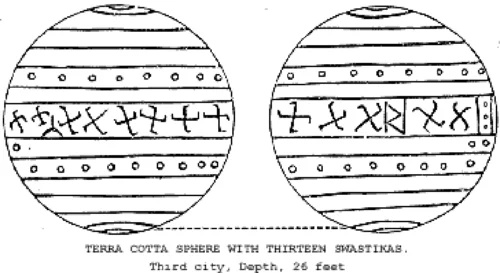



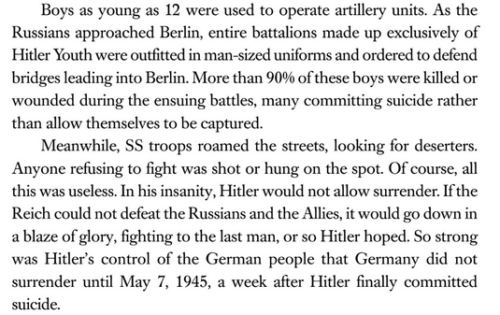

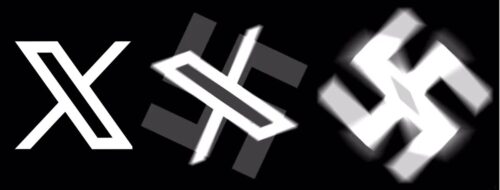
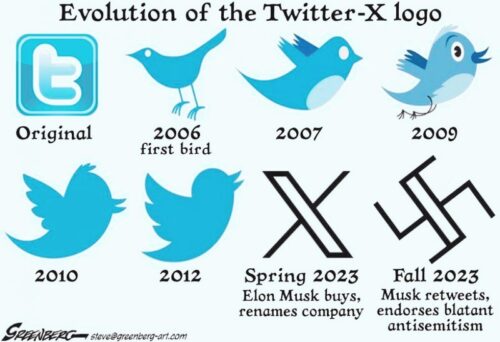

 People are writing that the CEO, laying in a
People are writing that the CEO, laying in a 